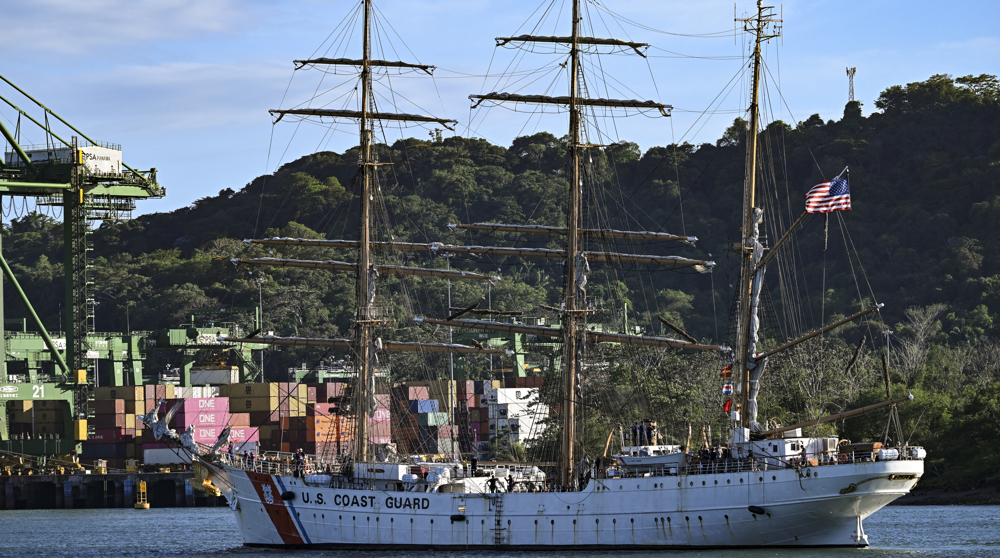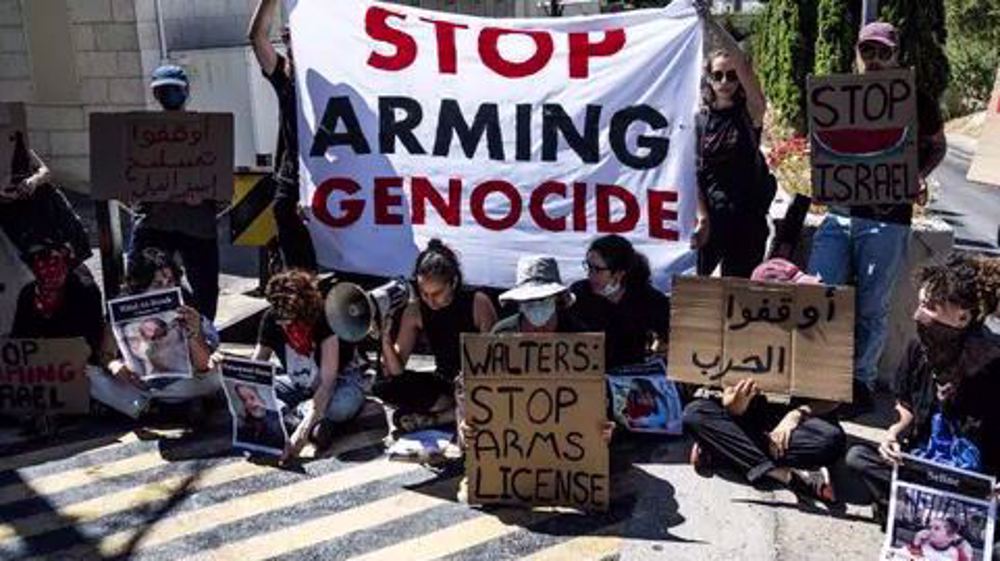Which destroys more, Trump’s arsenal or North Korea’s tests?
Nine states are believed to have nuclear arsenals with the US and Russia on top of the list with an estimated 7,000 nuclear warheads each and North Korea at the bottom probably with less than 20, if any. How come Kim Jong-un’s nuclear weapons launch tests have become more dangerous than Donald Trump’s arsenal of about 2,000 deployed warheads?
North Korea has threatened to attack the American Pacific territory of Guam with missiles, after US President Donald Trump threatened to hit the country “with fire and fury like the world has never seen.” Now the North says Trump is “bereft of reason” and his threat a “load of nonsense,” and Pentagon states Pyongyang would be "grossly overmatched" in a possible war that ushers in the "end of its regime and the destruction of its people.”
Although there are numerous conflicting reports about the numbers, according to a report by the Federation of American Scientists (FAS), as of July 8, the United States has 6,800 warheads – second only to Russia with about 7,000 -- 2,800 of them are retired and more than 4,000 are stockpiled (usable and not), out of which 1,800 are deployed. The US military’s recent declaration, however, says the United States has 806 deployed ICBMs, SLBMs (submarine-launched ballistic missile), and heavy bombers as well as 1,722 deployed nuclear warheads. The Pentagon is also equipped with a multiple independently targetable reentry vehicle (MIRV), a highly advanced version of the intercontinental nuclear missile carrying several independent warheads.

A July 2017 report created by the US Defense Intelligence Agency says "up to 60 nuclear weapons are now controlled by North Korean leader Kim Jong Un," a significant disparity compared to the 10 to 20 weapons the Stockholm International Peace Research Institute estimated. Another report says the North has miniaturized its nuclear warheads to fit on top of intercontinental ballistic missiles, hinting that such missiles could reach as far as New York or Washington, DC.
Read More:
- North Korea threatens to strike US territory after Trump’s warning
- China to enforce anti-N Korea sanctions 'fully and strictly'
- UNSC votes unanimously for stricter anti-North Korea sanctions
- Russia calls for international calm over North Korea situation
In the midst of the media hype over this war of words, some of the more significant questions remain unanswered. Who can inflict more damage to the planet? Whose unpredictable and impulsive decisions can have more far-reaching consequences? Who gains most from heightening the tension over North Korea and ignoring the bigger and undeclared arsenals?

Out of those believed to have a nuclear arsenal -- the United States, Russia, the United Kingdom, France, Pakistan, India, China, Israel and North Korea – only the Israeli regime does not officially acknowledge its arsenal and only the US has a $1-trillion program to add force to its already strong nuclear armory.
"My first order as President was to renovate and modernize our nuclear arsenal. It is now far stronger and more powerful than ever before," Trump has said. In regard to Russia's nuclear modernization, Trump has even said, "Let it be an arms race."
In January, the Bulletin of the Atomic Scientists warned against such nuclear rhetoric and proliferation by advancing its Doomsday Clock 30 seconds. The symbolic shift implies that humanity is now just two minutes and 30 seconds away from an apocalyptic "midnight."
In 1970, the Treaty on the Non-Proliferation of Nuclear Weapons, or NPT, was ratified, and it was extended indefinitely in 1995. Under the treaty, the five permanent members of the United Nations Security Council — China, France, Russia, the United States and the United Kingdom — were acknowledged as nuclear powers, and other countries that joined the treaty agreed not to pursue nuclear weapons development, although they are allowed to use nuclear technology for non-military purposes.
Israel, India and Pakistan never signed the treaty while North Korea signed the treaty but withdrew in 2003 and has tested nuclear devices since then. China, India, and Pakistan are all pursuing new ballistic missile, cruise missile, and sea-based nuclear delivery systems.
North Korea carried out two tests of intercontinental ballistic missiles last month. Pyongyang claimed that its latest missile, test-fired on July 4, can deliver a "large, heavy nuclear warhead" to the US continent.
US National Security Adviser H.R. McMaster said last week that the United States is preparing for all options, including a “preemptive war,” to stop North Korea’s nuclear and missile programs. The UN Security Council on the same day passed a resolution slapping sweeping sanctions on the North over its first test launch of an intercontinental ballistic missile.

North Korea says it will not give up on its nuclear deterrence unless Washington ends its hostile policy toward Pyongyang and dissolves the US-led UN command in South Korea. Thousands of US soldiers are stationed in South Korea and Japan.

The world's first atomic bomb, dropped on August 6, 1945, killed 140,000 people in Hiroshima, Japan. The bombing of Nagasaki three days later killed 70,000 more, ending World War II, and fueling the start of the "arms race," a competition between the United States and the Soviet Union for the most effective and largest number of nuclear weapons.

Trump wants 'free' transit for US ships in Panama, Suez canals

Israel and its arms suppliers ‘must be stopped,’ UN says

Yemini forces say they launched attacks on Israeli sites, US warships
51 civilians killed in Gaza as Israel ramps up attacks amid all-out blockade
VIDEO | Mohsen Eslamzadeh, visionary filmmaker
Israel bombs Lebanon's capital Beirut
Trump wants 'free' transit for US ships in Panama, Suez canals
Israel and its arms suppliers ‘must be stopped,’ UN says
Putin orders emergency planes to Iran after blast at port of Bandar Abbas
Pezeshkian visits Bandar Abbas to monitor response operations after port blast
VIDEO | Press TV's news headlines







 This makes it easy to access the Press TV website
This makes it easy to access the Press TV website